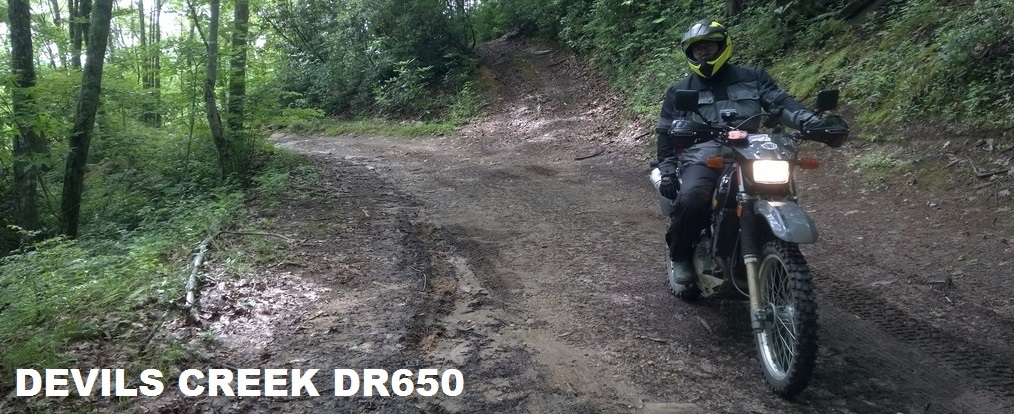Ambient temps here today in west-central Florida were 88 degrees Fahrenheit. I rode a number of differing surfaced roads with various speed limits. I wanted to gather temperature readings across a broad range of speeds because, while the cooling affect increases as speed increases, the related increase in revs means more heat. There's really no way to tell which (faster airflow or higher engine revs) is having a greater affect on temperature.
I took all the temperature readings on the cylinder head. Cylinder Head Temperature (CHT) is where most high temperature engine damage occurs. I noticed a small rectangular panel on the back side of the cylinder that looked like a good place to take the reading with no major interference.
The way I did the test was to sustain the test-speed range for at least 20 minutes, then stop and take the reading with the engine running. That way I could see where the operating temperature is at various speeds. Then I charted the data out. For example, at 45-50 mph my DR650 operates at about 266.5 degrees.
At each speed range, I further left the engine idling and took three more readings in one minute intervals so I might get a sense how fast the temp ramps up in slow or stopped traffic.
Here are the results of my test in degrees Fahrenheit:
All, very good information.
When I landed home the CHT was at about 307.0 degrees. I had prepared another little test that involved blowing air directly onto the cooling fins of the oil cooler to simulate fan-modified oil coolers like the Trail Tech Universal Fan Kit. I've never used such a device, but I have been reading about them.
I don't have a puller fan for this little test. In fact, all I could find to use was my shop hair blower, but it does blow unheated, ambient temped air at a rate that seems consistent with a regular cycle fan. Basically, I was looking for the affects of convection, if any, so anything blowing a focused stream of air on the oil cooler should work. The set up was like this...
So, as mentioned I rolled in and the engine was at 307.0 degrees. It took a minute to set up the fan but I turned it on right away. The temperature in one minute increments from the time I turned the fan on are as follows:
1 = 328.0 degrees
2 = 332.5 degrees
3 = 338.0 degrees
4 = 343.5 degrees
5 = 346.0 degrees
I wasn't comfortable letting the engine idle to a higher temperature and turned it off after five minutes. My understanding is sustaining north of 350 degrees for any length of time could be harmful. However, the fan did not reduce the CHT. If it was going to reduce the CHT I'd think that it would have done so (or at least started doing so) in five minutes. It didn't and....honestly...I really didn't expect that it would. An oil cooled engine and a water cooled engine with a fan are two very different cooling systems.
Anyway, I got some good information out of my test for heat management here in Florida. Its darn good that the DR650 has an external oil cooler, that's a big plus. Oil cools faster than most other substances, including water, so giving the oil a brief few seconds outside the engine in the oil cooler is very helpful.
I can help the cooling process by using a good quality synthetic oil. The principal property (and value) of synthetics is that they dissipate heat faster than mineral oils so they're a very practical solution for air cooled engines. A couple other things that I can do is use the lower temp spark plugs (NGK CR10E vs the hotter NGK CR9E) and I can run premium fuel, which burns at a lower temperature than regular.
Lastly, there's one important thing to consider. I've been all over the Internet studying this motorcycle before I bought it. In that process I didn't find any indications that the DR650 even remotely has or ever had an overheating problem. That says a lot for this massive air cooled engine.
















































